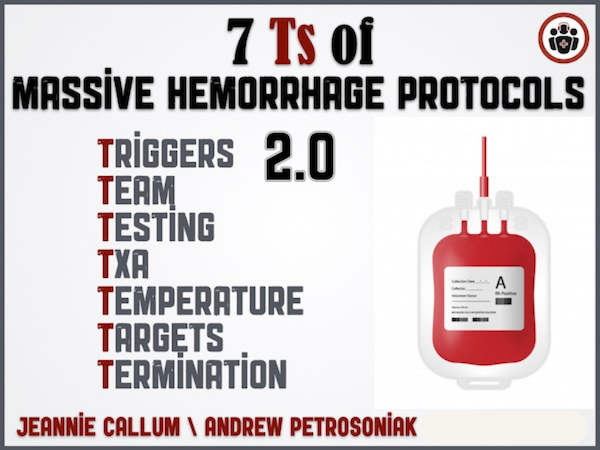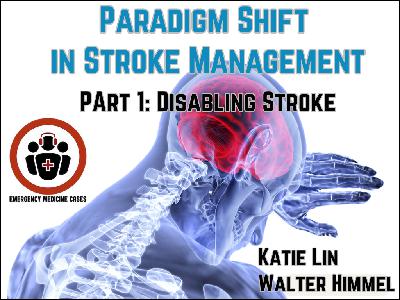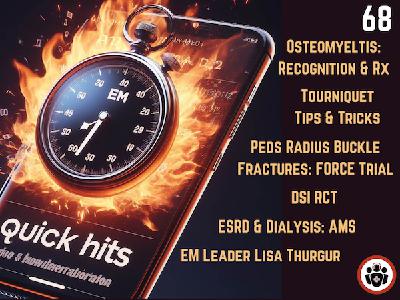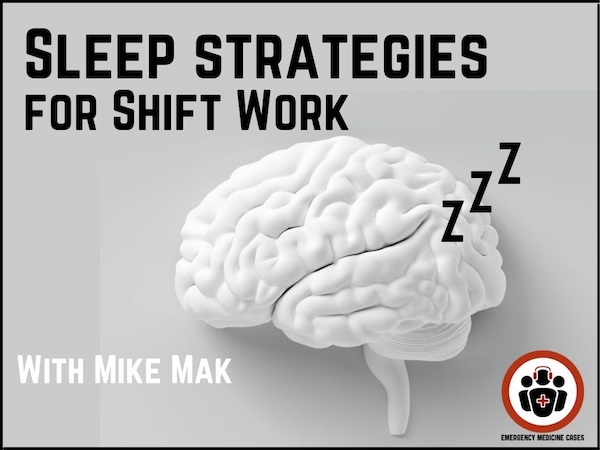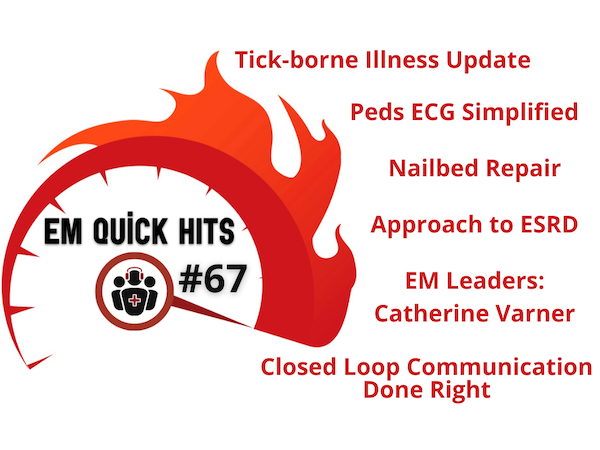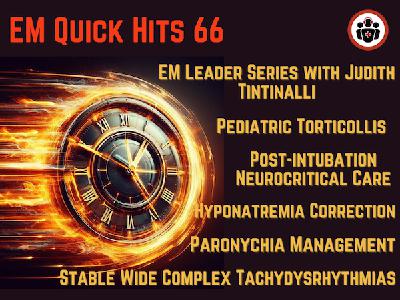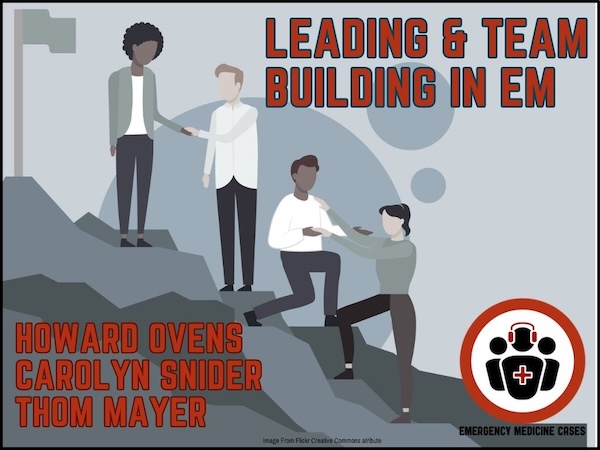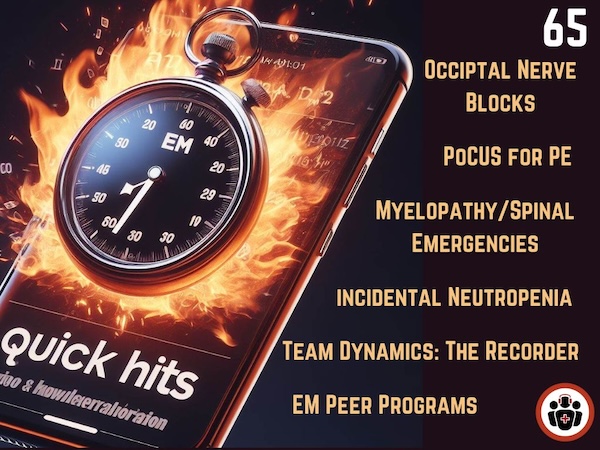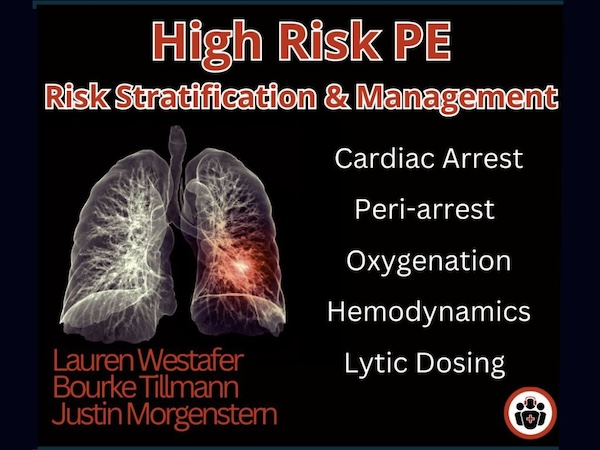Ep 206 Massive Hemorrhage Protocols 2.0 – Update on the 7 Ts
Update: 2025-08-04
Description
Massive hemorrhage is one of the most time-critical, high-stakes scenarios in Emergency Medicine. Every minute matters. Every decision counts. But more blood is not always better—what saves lives is systematic, team-based, goal-directed care. In this update to the 7 T’s of Massive Hemorrhage Protocols with Dr. Jeannie Callum and Dr. Andrew Petrosoniak, we explore the most current, evidence-informed strategies for bleeding patients, from polytrauma to obstetrical, drawing on the latest clinical trial data, provincial MHP 2.0 rollouts, and real-world experience. We answer the questions: What is the evidence based alternative to FFP in EDs where FFP is not readily available? How accurate are decision scores in helping decide the trigger for MHP activation? Why is testing fibrinogen levels and giving fibrinogen concentrates so important in massive hemorrhage? How should we tailor our MHP to the GI bleed patient? To the obstetrical patient? and many more....
Podcast production, sound design & editing by Anton Helman; Voice editing by Braedon Paul
Written Summary and blog post by Matthew McArther, edited by Anton Helman August, 2025
Cite this podcast as: Helman, A. Callum, J. Petrosoniak, A. Massive Hemorrhage Protocols 2.0 - Update on the 7 Ts. Emergency Medicine Cases. August, 2025. https://emergencymedicinecases.com/massive-hemorrhage-protocols-2-0/. Accessed October 29, 2025
Résumés EM CasesMassive Hemorrhage Protocols: 2025 Update on the 7 T’s
Summary Table: The 7 T's of MHP 2.0
T
Key Principle
2025 Update
Trigger
When to activate the MHP
Delayed activation is OK. Default to 2–3 RBCs first, then reassess. Use “ABC after 3” approach.
Team
Roles, leadership, communication
Set resus targets early. Assign blood product flow to team members. Use shared mental models.
Testing
Labs & frequency
Hourly labs: CBC, INR, fibrinogen, calcium, lactate. Don’t forget fibrinogen.
TXA
Tranexamic acid use
Trauma: 2g early. PPH: 1g then repeat. GI: avoid—can cause harm.
Temperature
Avoid hypothermia
Warm blankets + prehospital warm-up. Every 1°C drop ↑ transfusion needs by 20%.
Targets
Lab thresholds
Hb >70 g/L, INR <1.8, Plt >50 (or >100 in ICH), Fibrinogen >1.5–2.
Termination
When to stop MHP
Reassess every 30 min. Avoid premature deactivation. ICU vigilance post-MHP.
1. Trigger – When to Activate the MHP
Key Concept: Critical Administration Threshold for MHP activation
Determining when to activate MHP can be challenging. Overactivating MHP can cause harm by clogging up hospital resources as well as adverse sequelae from overtreatment. But even small delays in transfusing critically bleeding patients is associated with increased mortality. Rather than calling an MHP immediately based on EMS report or on arrival in the ED, our experts suggest a critical administration threshold approach to MHP.
In general, the literature suggests there is little downside to giving a 2-3 units of RBCs up front, so have RBCs ready for any patient who has hypotension in the field with a concerning mechanism, or any other suspicion of hemorrhagic shock.
Podcast production, sound design & editing by Anton Helman; Voice editing by Braedon Paul
Written Summary and blog post by Matthew McArther, edited by Anton Helman August, 2025
Cite this podcast as: Helman, A. Callum, J. Petrosoniak, A. Massive Hemorrhage Protocols 2.0 - Update on the 7 Ts. Emergency Medicine Cases. August, 2025. https://emergencymedicinecases.com/massive-hemorrhage-protocols-2-0/. Accessed October 29, 2025
Résumés EM CasesMassive Hemorrhage Protocols: 2025 Update on the 7 T’s
Summary Table: The 7 T's of MHP 2.0
T
Key Principle
2025 Update
Trigger
When to activate the MHP
Delayed activation is OK. Default to 2–3 RBCs first, then reassess. Use “ABC after 3” approach.
Team
Roles, leadership, communication
Set resus targets early. Assign blood product flow to team members. Use shared mental models.
Testing
Labs & frequency
Hourly labs: CBC, INR, fibrinogen, calcium, lactate. Don’t forget fibrinogen.
TXA
Tranexamic acid use
Trauma: 2g early. PPH: 1g then repeat. GI: avoid—can cause harm.
Temperature
Avoid hypothermia
Warm blankets + prehospital warm-up. Every 1°C drop ↑ transfusion needs by 20%.
Targets
Lab thresholds
Hb >70 g/L, INR <1.8, Plt >50 (or >100 in ICH), Fibrinogen >1.5–2.
Termination
When to stop MHP
Reassess every 30 min. Avoid premature deactivation. ICU vigilance post-MHP.
1. Trigger – When to Activate the MHP
Key Concept: Critical Administration Threshold for MHP activation
Determining when to activate MHP can be challenging. Overactivating MHP can cause harm by clogging up hospital resources as well as adverse sequelae from overtreatment. But even small delays in transfusing critically bleeding patients is associated with increased mortality. Rather than calling an MHP immediately based on EMS report or on arrival in the ED, our experts suggest a critical administration threshold approach to MHP.
In general, the literature suggests there is little downside to giving a 2-3 units of RBCs up front, so have RBCs ready for any patient who has hypotension in the field with a concerning mechanism, or any other suspicion of hemorrhagic shock.
Comments
In Channel

